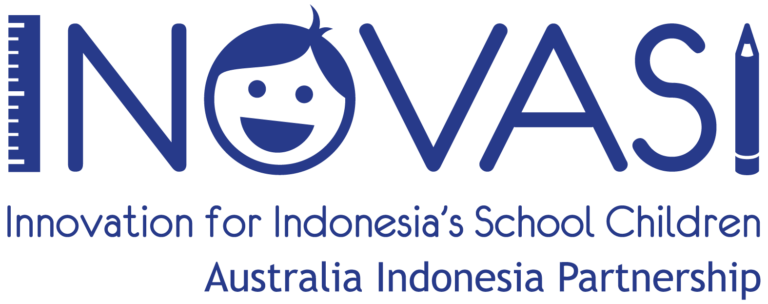
Indonesia has made considerable improvements in access to basic education. Government spending has doubled over the past 15 years, and enrolment in primary education is almost 100%. Despite more children having access to learning opportunities, this has not yet resulted in better learning outcomes. International and national tests comparing student knowledge and skills in basic literacy and numeracy show that Indonesian students underperform compared with their regional and global peers.
When it comes to building and sustaining a national literacy movement in a country with great geographic and cultural diversity, challenges abound. Many Indonesian children in grades one to three are failing to grasp the basics of reading, leading to a range of learning issues in later primary school and early high school.
The Innovation for Indonesia’s School Children (INOVASI) program, an Australia – Indonesia government partnership, is seeking to understand what does and doesn’t work to improve student learning outcomes in diverse schools and districts across Indonesia. 2018 baseline data1 from across INOVASI partner districts in East Java, North Kalimantan, West Nusa Tenggara and East Nusa Tenggara paints a picture of learning outcome quality. Data was collected using a Student Learning Assessment (SLA) tool. The SLA measures student literacy learning outcomes and covers math and Indonesian language tests for first to fifth grade students. It is designed to primarily evaluate the effectiveness of both INOVASI and KIAT Guru’s education interventions.
Find the infographic through the download button below.






